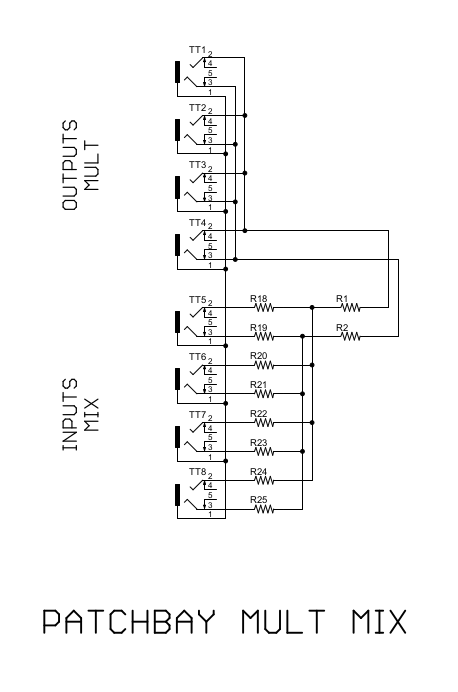moamps
Well-known member
In a video tutorial about SSL patchbays an engineer connects two 1176LN outputs to a single mult on the patchbay. Does it mean that SSL uses some sort of passive mixing on MULT or he did it wrong because the two outputs are connected together?
Video is here
https://theproaudiofiles.com/video/how-to-record-lesson-16-patchbays/
at 27:30.
Video is here
https://theproaudiofiles.com/video/how-to-record-lesson-16-patchbays/
at 27:30.























![Electronics Soldering Iron Kit, [Upgraded] Soldering Iron 110V 90W LCD Digital Portable Soldering Kit 180-480℃(356-896℉), Welding Tool with ON/OFF Switch, Auto-sleep, Thermostatic Design](https://m.media-amazon.com/images/I/41gRDnlyfJS._SL500_.jpg)










